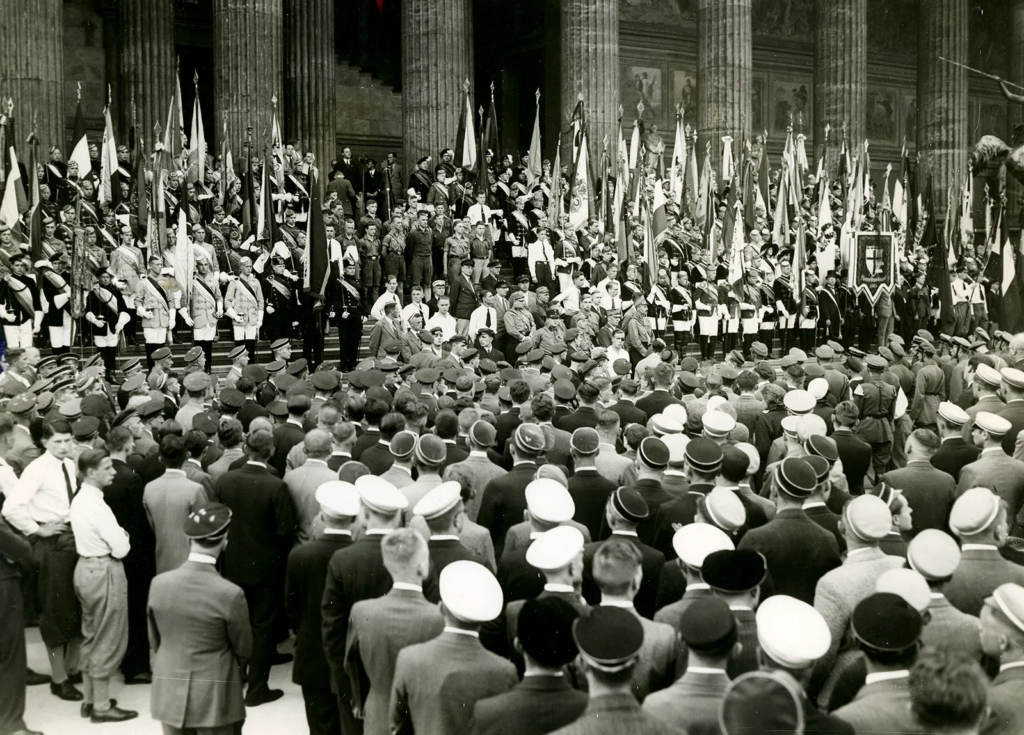Watch ‘The Fortune Teller’ here:
https://web.microsoftstream.com/video/f1129654-b57b-4d15-9a67-8aa41b6570e5
Watch ‘The Fortune Teller’ here:
https://web.microsoftstream.com/video/f1129654-b57b-4d15-9a67-8aa41b6570e5
Kino-Eye (1924)

This documentary promoting the joys of life in a Soviet village centres around the activities of the Young Pioneers.
The Eleventh Year (1928)

An interesting commemoration of the 11th anniversary of the revolution.
The Diplomatic Pouch (1927)

Soviet silent thriller film directed by Oleksandr Dovzhenko. The first two parts of the film are lost.
Since 1986 the school has been named after the film director and actor Sergei Gerasimov. The Gerasimov Institute of Cinematography is the oldest ever film school, with full technical equipment for the production of films and videos. It remains one of the most prestigious film schools in the world. The school has includes courses in areas such as animation, television, and video games.


The basic stylistic conventions of Constructivist art included the use of abstract geometric constructions/shapes, arranged in a space or surface in harmonious order. Constructivist painters rejected bright, colourful palates and experimented with the effects of light and movement. It was to reflect the industrial world of Russia and a tool for the pushing of the communist revolution.
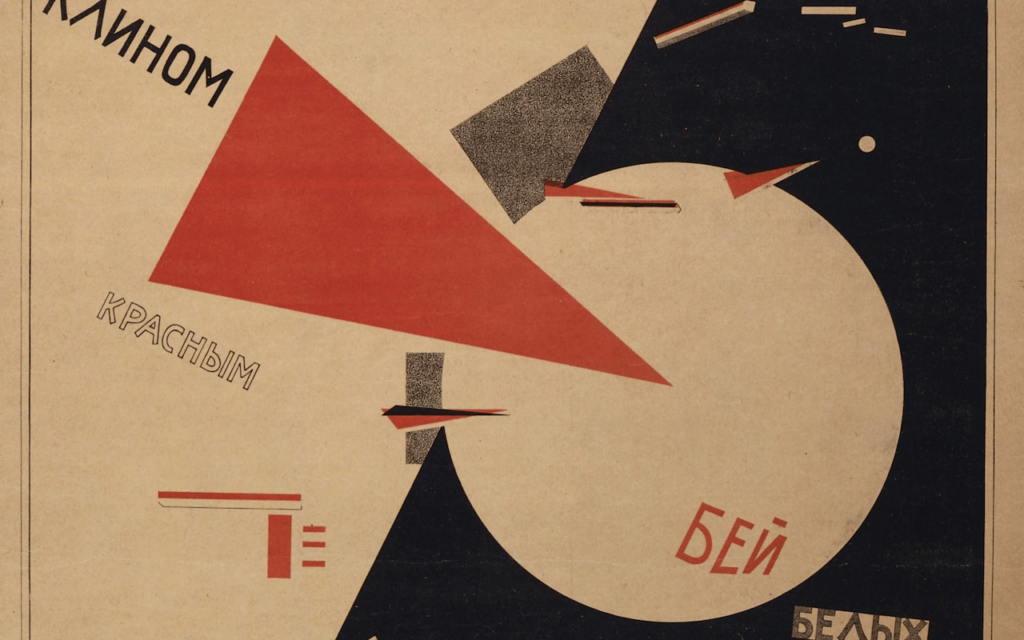

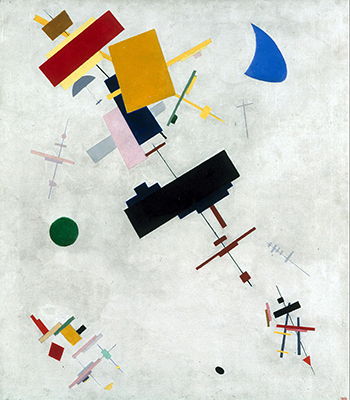
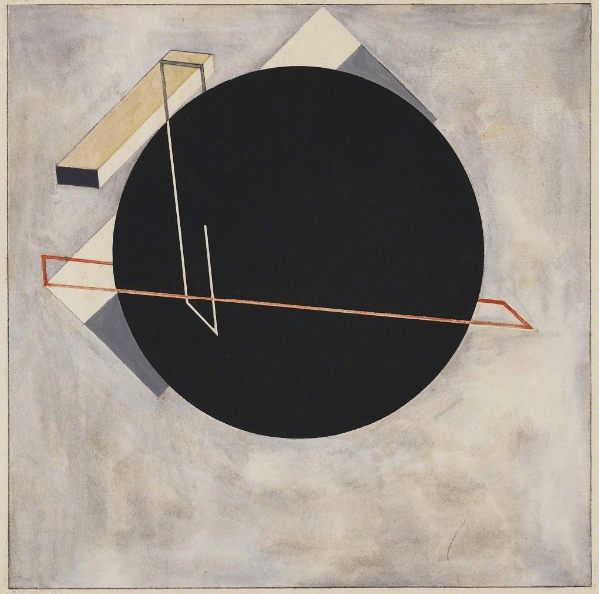
Explain how the political, social and economic upheaval created by the aftermath of both the Russian Revolution and WW1 affected the production and content of classic Soviet Constructivist Cinema.
Cinema in pre-Soviet Russia was a neglected subject and was often actively suppressed. When Russia joined WW1 in August 1914, foreign films could no longer be imported and propaganda was the only form of film being produced. After the 1917 revolution and with the Bolsheviks in power, Lenin thought film was the best way to unify the population due to its power to communicate by mass distribution, effectively.
However, after WW1 most of the producers had fled to Europe, destroying their studios as they left and taking their equipment and film stock with them. A foreign blockade prevented the importation of new equipment or stock and with Russia in economic decline due to the effects of war, there was no facilities for manufacturing new stock either. However, the government still founded a professional film school in Moscow to train directors, technicians, and actors for the cinema, named VGIK. Initially it trained people in the production of agitki, existing newsreels reedited for the purpose of propaganda. Most of the great directors of the Soviet silent cinema were trained in that form, although, having very little technical equipment and no negative film stock, they were often required to make “films without celluloid.”
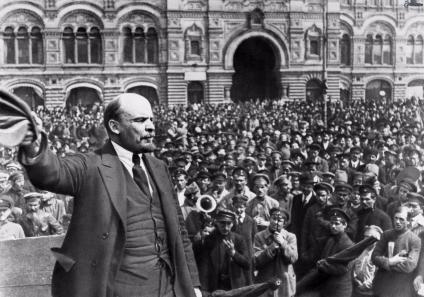

A modern film that takes inspiration from German Expressionism is Tim Burton’s ‘Dark Shadows’ (2012).
The most notable aspect of German Expressionism in Dark Shadows is the use of costume, specifically the makeup. The character of Barnabas Collins is shown to have a very pale skin tone with dark black shadows painted around his eyes and defined cheek bones. This type of style demonstrates the darkness that is incorporated in German Expressionism and the common use of shadows.
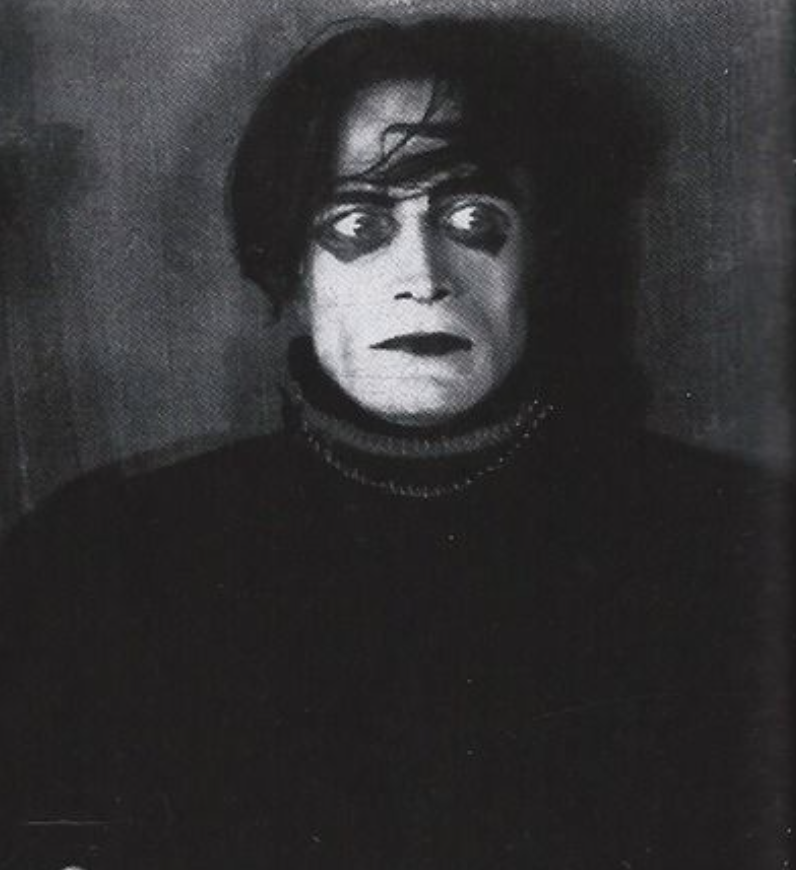

Another element is the use of obscure angles and camera tilting that Tim Burton incorporates in Dark Shadows. The altered camera angles give the sense of abnormality that reflects the type of world it is set in.

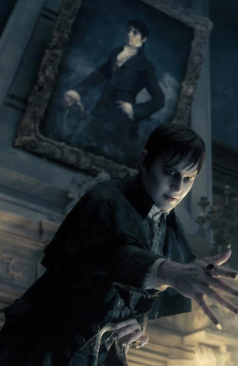
The deep shadows Tim Burton uses are also inspired by German Expressionism, along with the set design. There are many similarities in regards to the shot types almost mirroring German Expressionist films, but specifically The Cabinet of Dr Caligari.

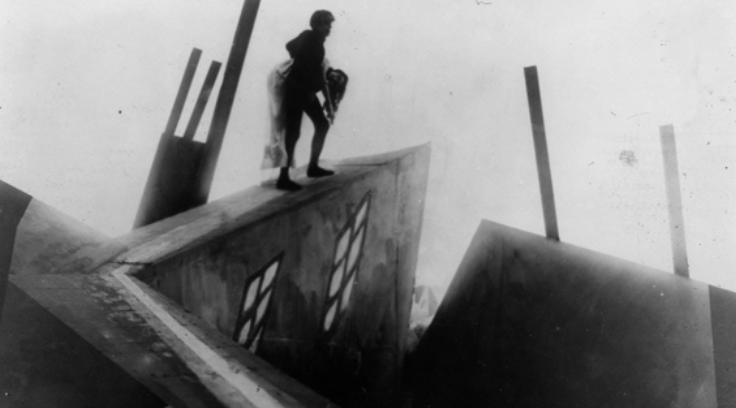
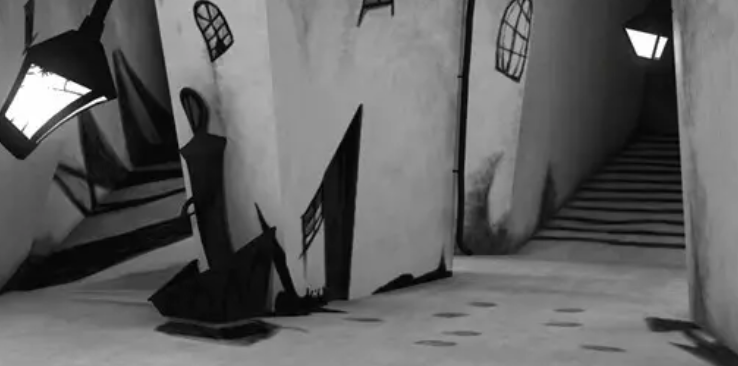
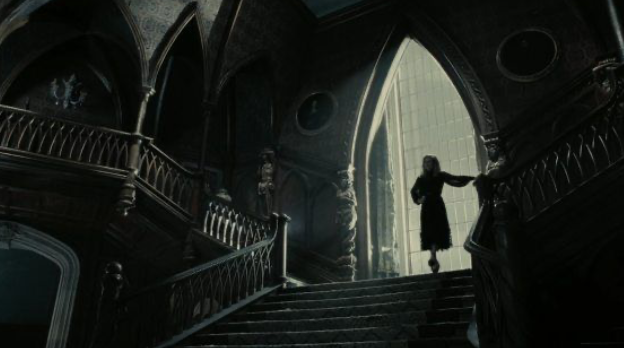
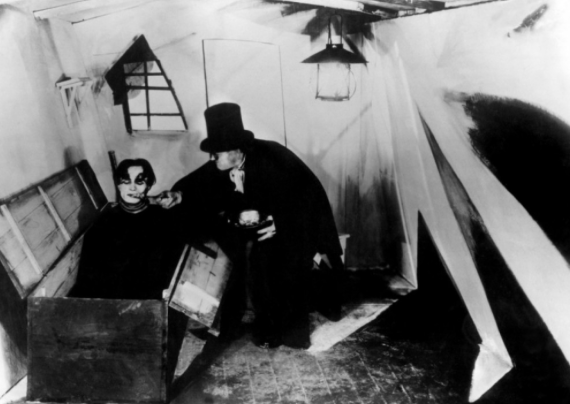
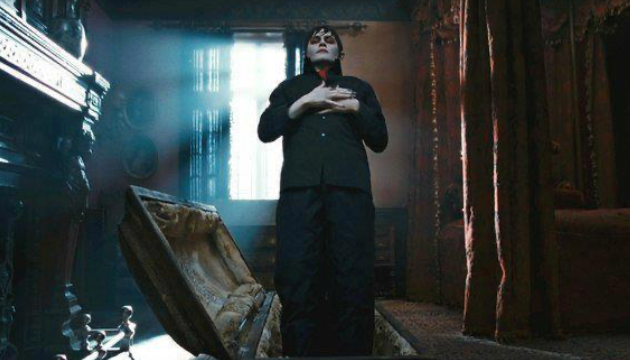
Cat People (1942)
An American man marries a Serbian immigrant who fears that she will turn into the cat person of her homeland’s fables if they are intimate together.
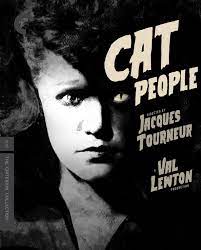
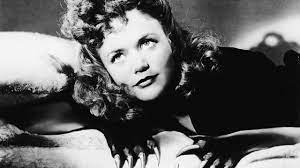

The Lodger (1944)
A landlord is forced to take in a lodger due to financial hardship. He seems like a nice young man, but they suspect him of being Jack The Ripper because of some mysterious, suspicious habits, and fears for her beautiful actress niece who lives with them.
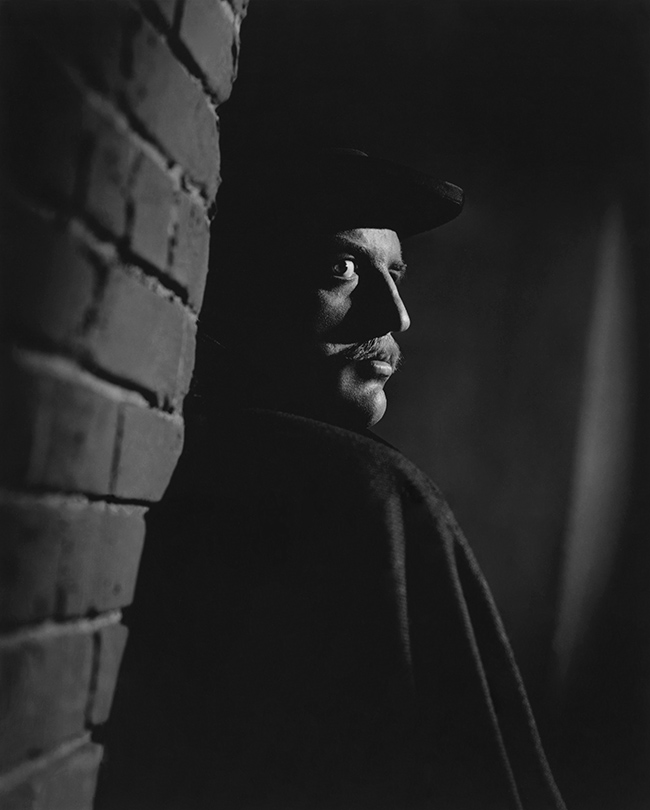
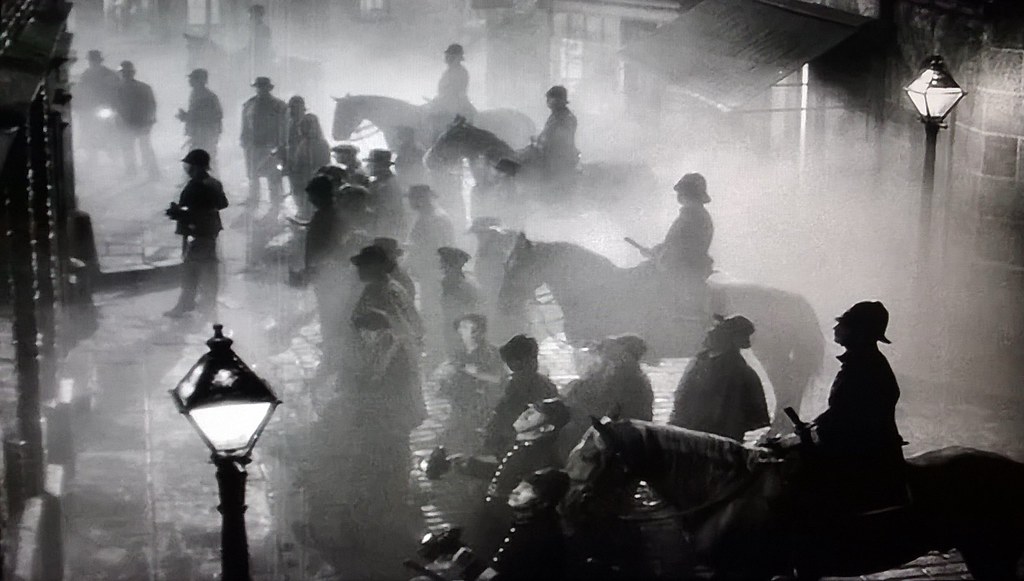
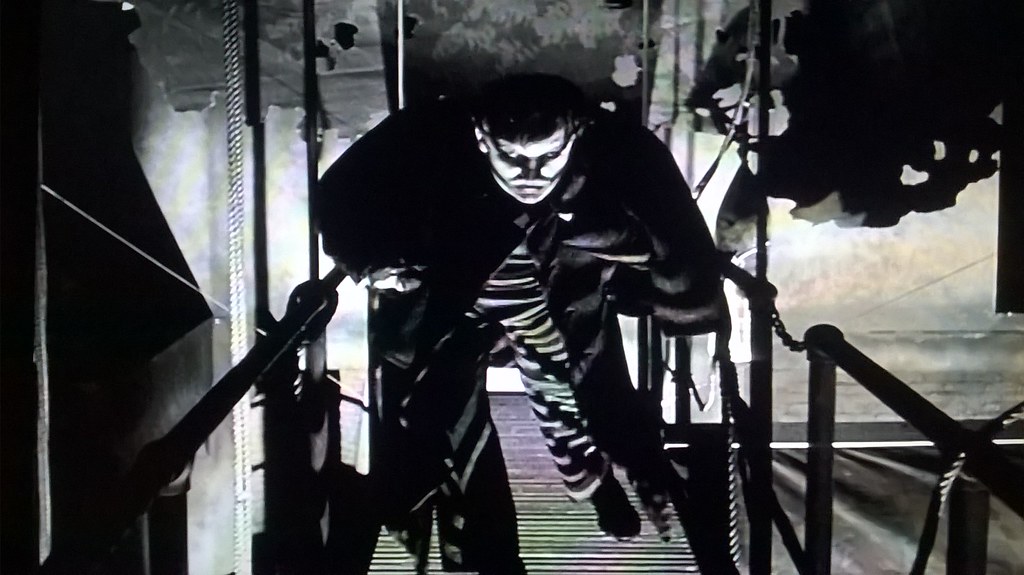
The Night of the Hunter (1955)
A bogus preacher marries an outlaw’s gullible widow in search of the man’s hidden loot. The widow’s children are reluctant to divulge details of their father’s money that he’d stolen in a robbery.
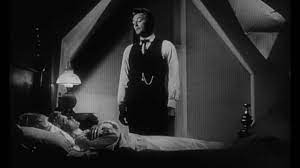
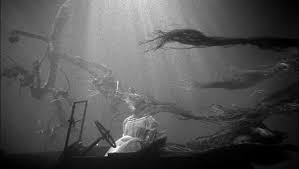
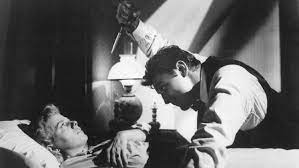
Warning Shadows (1923)
An illusionist turns a shadowy puppet show into a violent premonition of what might occur if the wife of a jealous German baron continues to flirt with dinner guests.



Dr. Mabuse the Gambler (1922)
A criminal mastermind, Dr Mabuse, collects a fortune using unethical and murderous means, henchmen, disguises and hypnoses. But a resolute cop, is determined to jail him.



Genuine (1920)
Director Wiene created Genuine as a follow-up to his massively successful film The Cabinet of Dr. Caligari, using the same writer and cinematographer who had worked on the earlier film. Genuine is an ancient and cruel divinity, who seduces men and induce them to kill as a proof of love.

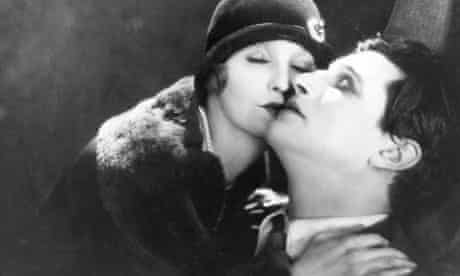
_000114.jpg)
The UFA was a German motion picture company founded in December 1917. It was located in Berlin and was the best equipped and most modern in the world. Its purpose originally was to promote German culture and WW1 propaganda. In 1923, the studio acquired one of the worlds largest production facilities, however, due to the increasing popularity the UFA suffered financial crisis, compelling the studio to produce mostly inexpensive documentary films.

On the brink of financial ruin the company was bought by Alfred Hugenberg in 1927. The resulting National Socialist films proved popular in Germany, however, rising production costs and shrinking international market led to large deficits.

The government purchased the company in 1937 and the content was highly controlled but after the second world war ended in 1945, a new company was launched in 1956 that eventually went bankrupt, and has now been incorporated into other companies.
Between the years 1918 and 1933, Germany were trying to recover from the damages of WWI, such as having to pay back reparations as agreed in the Treaty of Versailles. This economic disruption ultimately produced an expressionist style in German film-making. These films often having unrealistic sets and featuring exaggerated acting techniques. The shortage of funding meant these atmospheric films had to be made on small sets with low budgets.

The sets and style of the films often reflected societies feelings of anxiety caused by WWI. Social, political and cultural factors played a huge role in the shaping of German Expressionism as a movement. It was built from discontent and the rejection of modernity, rather than technique or subject matter.
